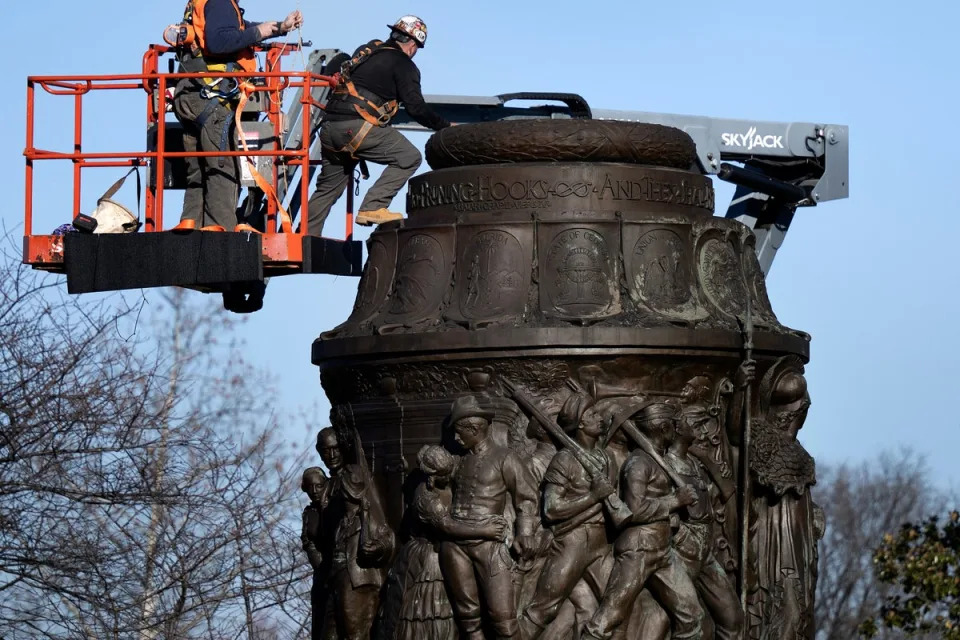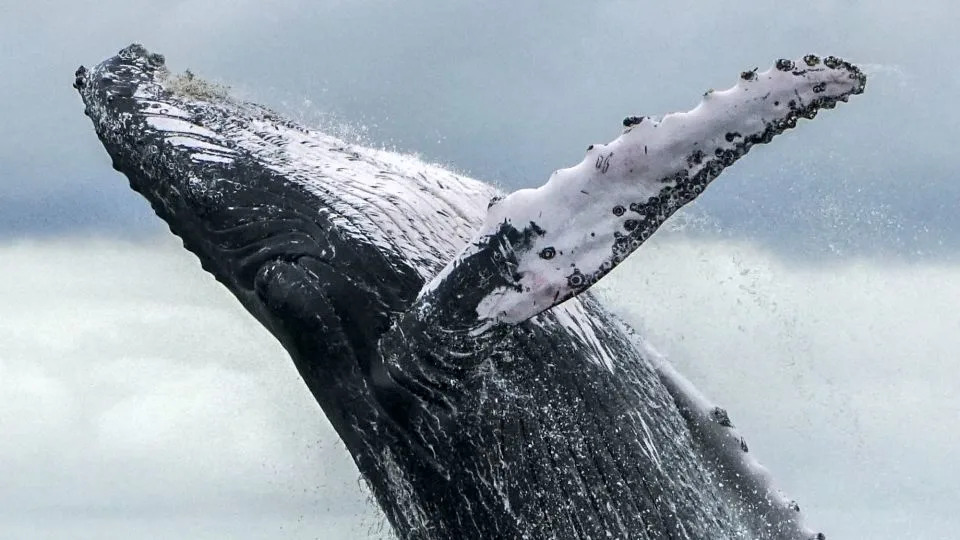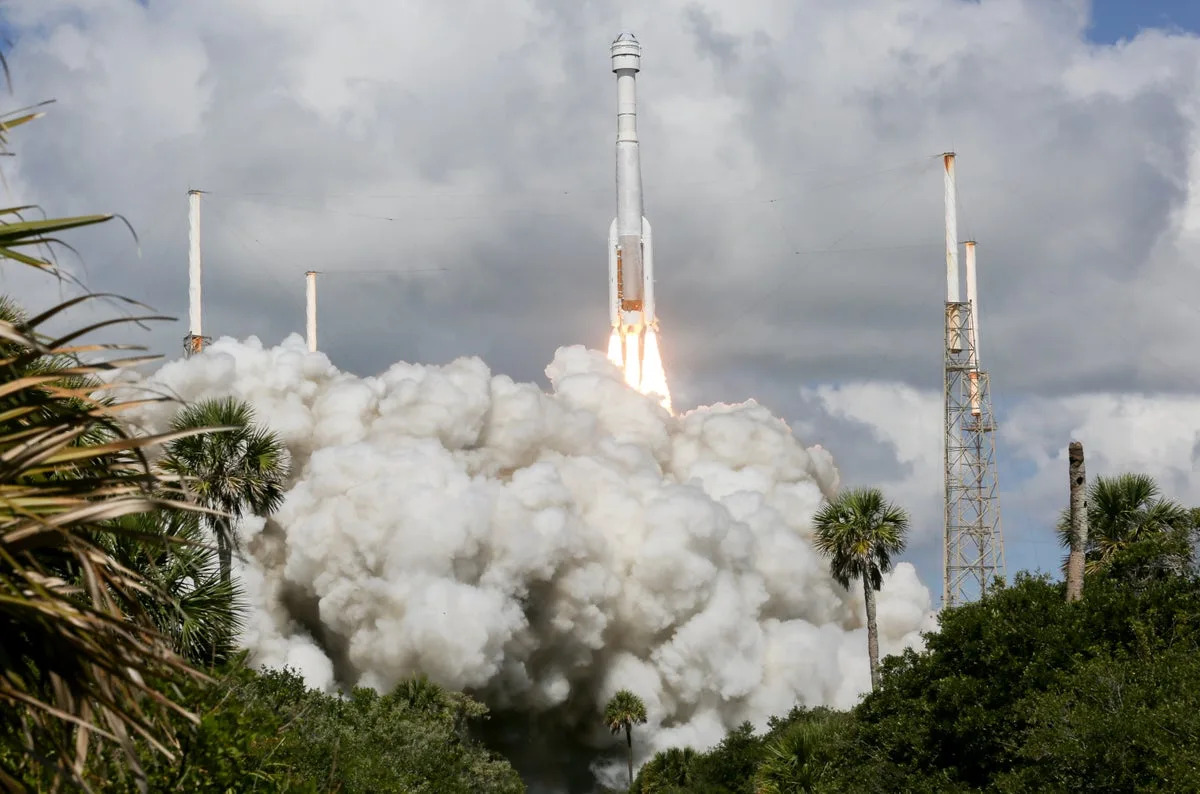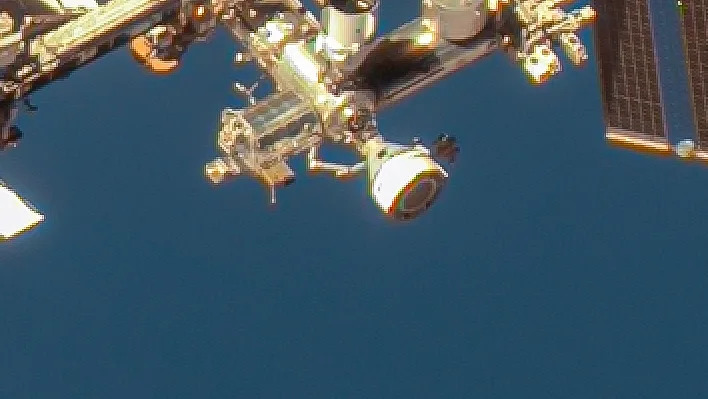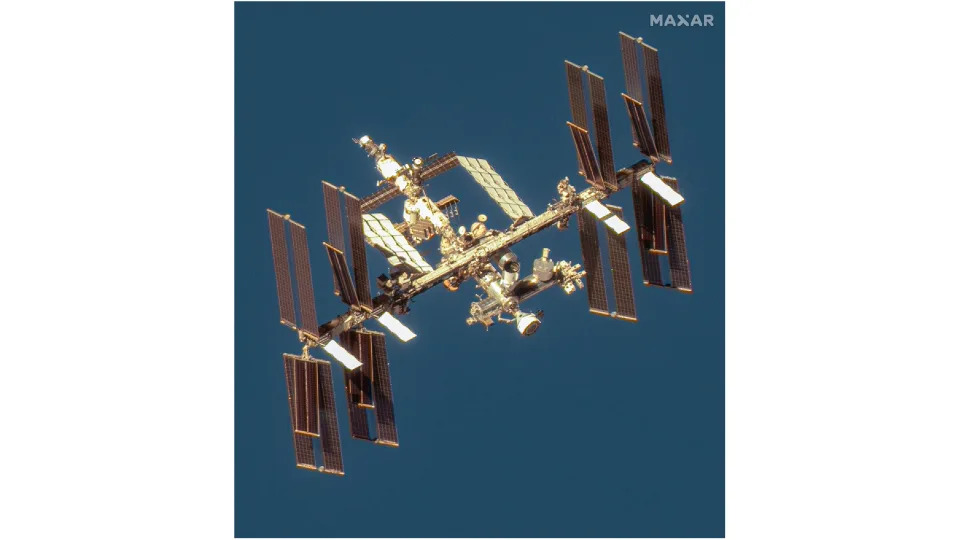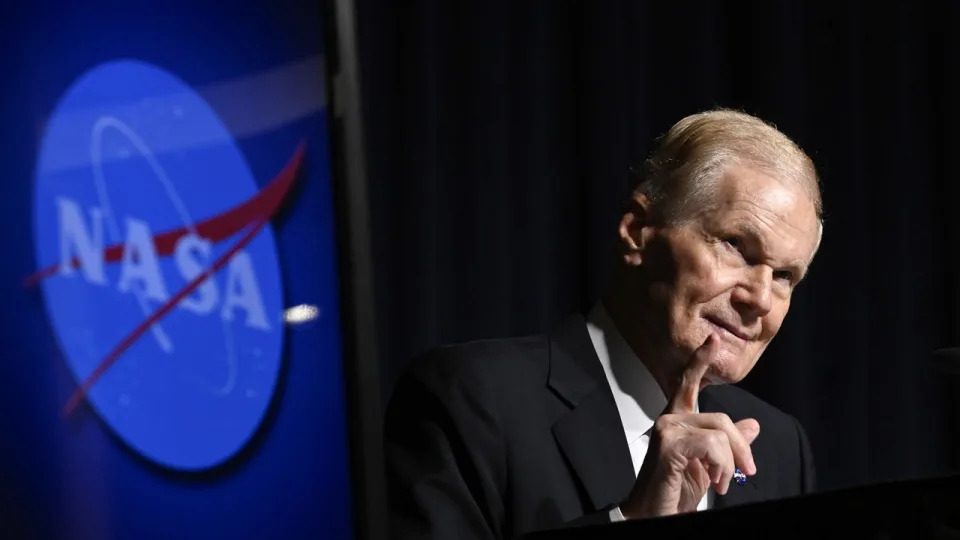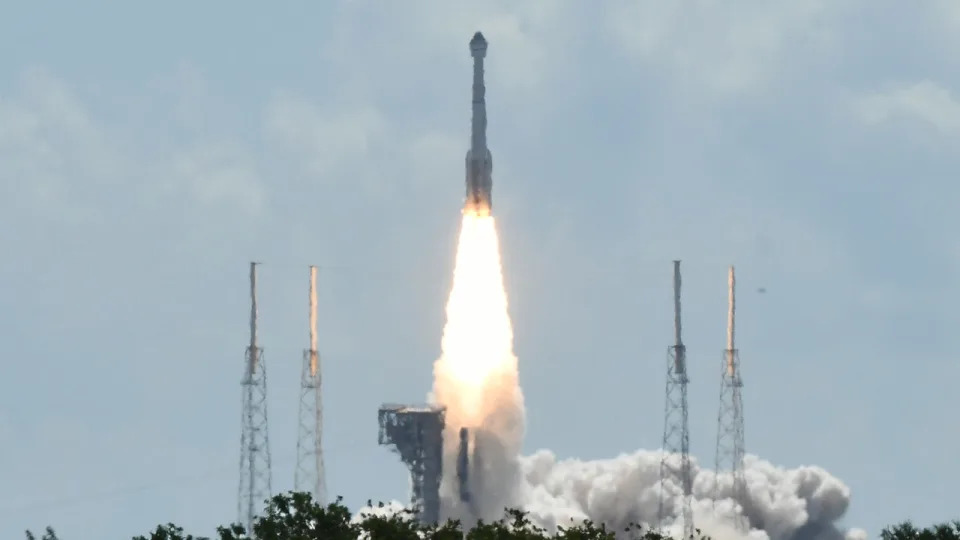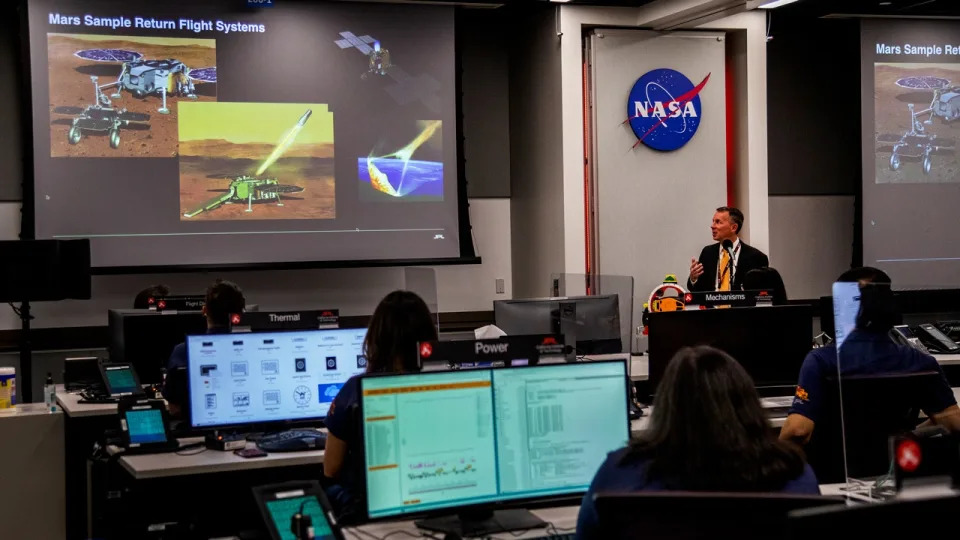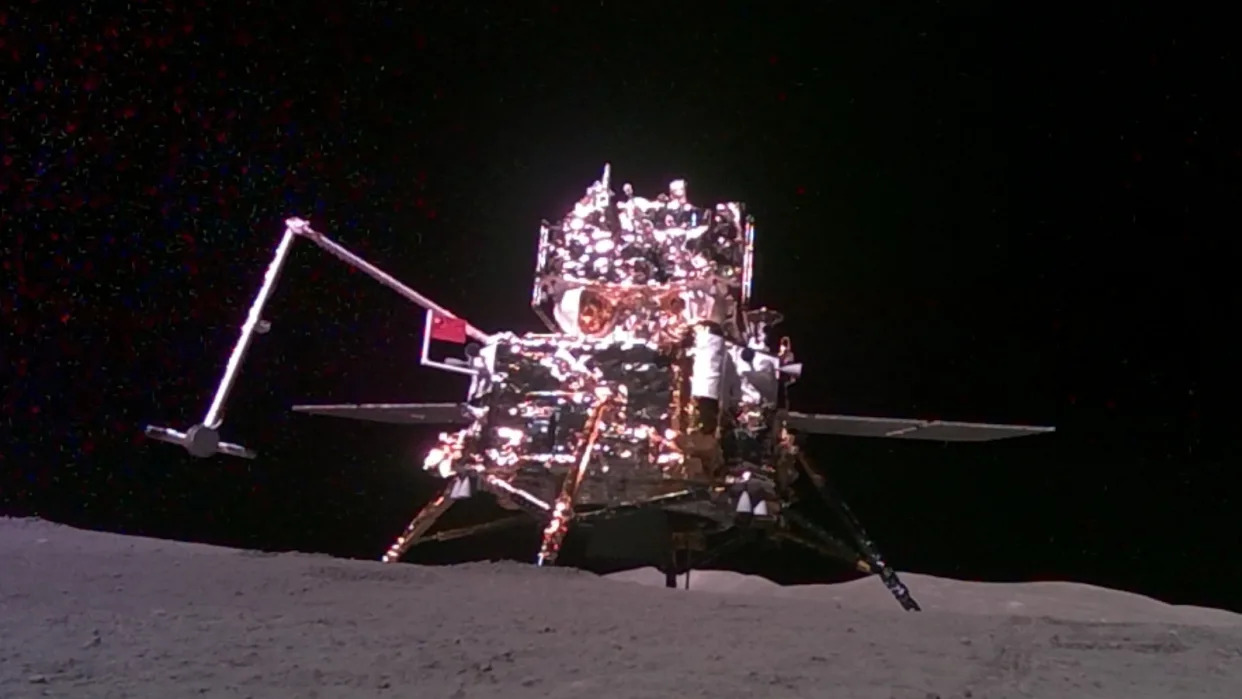- China says 2 military employees sold 60 pounds of secret documents to a recycling plant, allowing a shopper to bag 4 volumes for under $1
China on Thursday highlighted an intelligence gaffe involving 200 sensitive military documents.
It said two military personnel who were supposed to destroy the documents sold them for under $4.
A retiree bought four volumes of the secrets for about $0.85 from a recycling plant, authorities said.
Matthew Loh
Thu, June 13, 2024
China's State Security Ministry said on Thursday that a retiree had somehow secured four volumes of confidential military documents at a recycling store for just 85 cents.
The ministry described the incident in a social media post encouraging the public to be vigilant on national security matters, and praised the retiree for reporting the documents to authorities.
He was identified as "Grandpa Zhang." Chinese authorities and media typically do not publish the full names of people who don't have a high profile.
According to the post, Zhang is a former employee of a state-owned enterprise and collects military newspapers and magazines as a hobby.
He was walking in his neighborhood when he passed a scrap store selling two bags filled with books that seemed related to the military, per authorities.
Excited with his find, he paid about 6 Chinese yuan, or $0.85, for one bag of four volumes and brought them home, according to the ministry.
At home, Zhang studied the books, realized they were marked as "confidential" and "secret," and reported them to a public security hotline, authorities added.
The State Security Ministry said agents rushed to Zhang's home and seized the documents. The ministry did not say where Zhang lives.
Upon investigating the scrap store, the state security ministry discovered that Zhang's purchase had been part of eight volumes of 200 secret documents marked for disposal, the post reads.
It said two military personnel in a classified unit, who were identified only as Guo and Li, were tasked with shredding the documents but instead sold them to a recycling plant for about $0.06 per pound. The entire tranche of documents weighed about 60 pounds, meaning the duo made a profit of less than $4 for the entire sale, authorities added.
The ministry criticized the pair as having a "weak sense of confidentiality" and "greed for convenience's sake" but said that the incident did not create a significant intelligence leak.
It said that Guo and Li, as well as anyone else responsible, were dealt with under Chinese law and that the ministry oversaw a revamp of procedures to avoid similar gaffes.
The post on Thursday was part of a push by the State Security Ministry to promote a hotline that Chinese people can use to report national security lapses.
It's unclear what information the documents mentioned by the ministry contained, so it's difficult to say how a leak of such secrets may have affected the Chinese military.
China's State Security Ministry has, in recent months, regularly urged the public to assist in reporting foreign espionage. In April 2023, Beijing made sweeping changes to its anti-espionage law. These changes broadened the definition of spying and banned the transfer of national security information.
Such posturing from China also comes against the backdrop of heightened US-China tensions, particularly over allegations of espionage between the two rivals. The CIA announced in 2021 that it had established a mission center focused solely on China, while Beijing has recently been on the radar for imprisoning businessmen from the US and its allied countries on accusations of spying.
In July 2023, CIA Director William Burns rankled Beijing by saying at a Colorado security forum that his agency has been recruiting businesspeople and Chinese officials for its spy networks.
"We've made progress and we're working very hard over recent years to ensure that we have a strong human intelligence capability to complement what we can acquire through other methods," he said, per The Wall Street Journal.
China, in return, accused Burns of lying and vowed to take "all necessary" countermeasures to American espionage.


